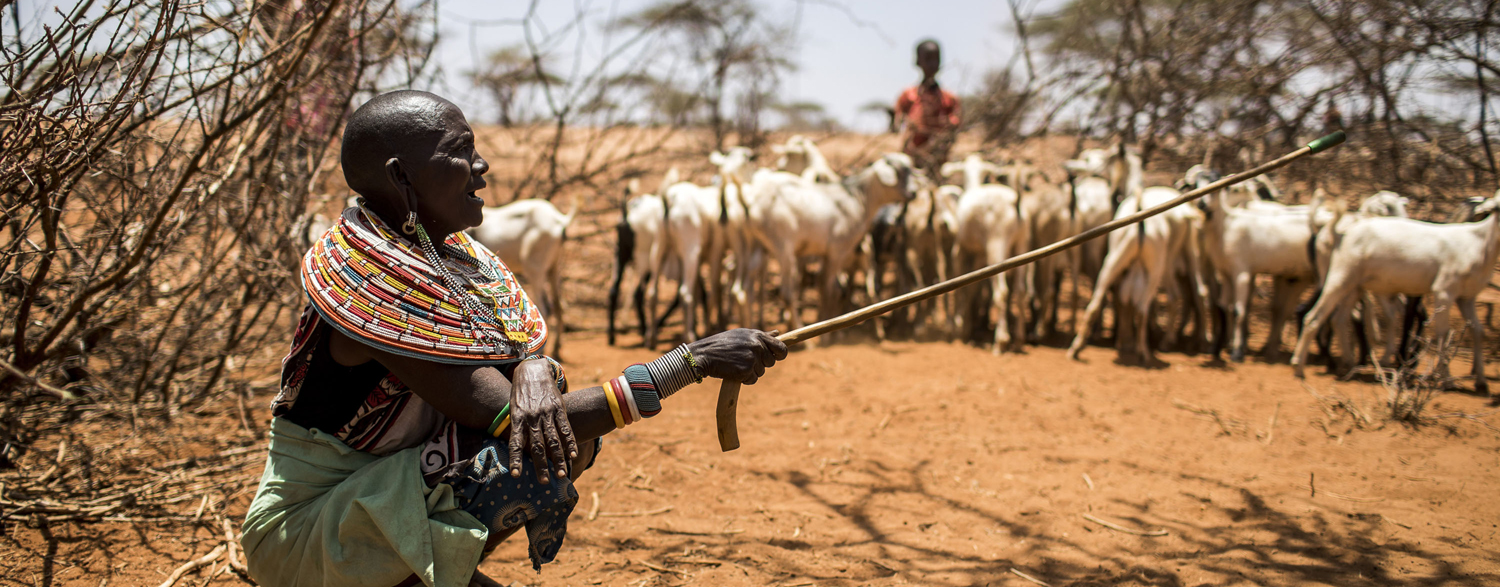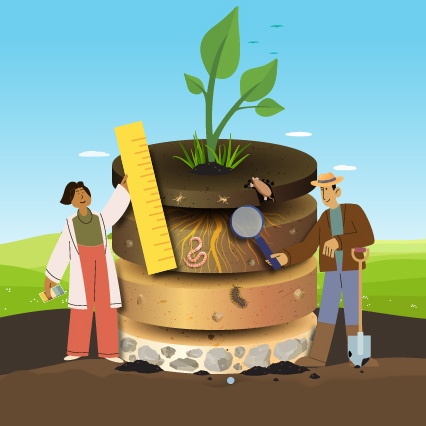
From the ground up: Why soil health is key to One Health solutions
In our interconnected world, the health of humans, animals, plants, and the environment is inseparable. Soil, a vital but often overlooked component of this balance, is central to the One Health approach, which seeks to integrate the well-being of all life forms to promote sustainable living and combat global challenges like climate change, food insecurity, and disease outbreaks.
The essential role of soil in ecosystem health
Soil is more than just dirt beneath our feet—it is a living ecosystem that supports life on Earth. It provides the foundation for agriculture, ensuring food and nutrition security for billions. Healthy soils harbour a rich diversity of organisms that recycle nutrients, decompose organic matter, and suppress pests and diseases in plants. Yet, soil degradation, fueled by unsustainable agricultural practices, deforestation, and climate change, threatens this delicate ecosystem. According to FAO, 33 percent of global soils are already degraded, reducing agricultural productivity and increasing vulnerability of crops and livestock to pests and diseases.
Soil and human health: A direct link
Healthy soils are directly tied to human health in surprising ways. They act as a natural filter, removing contaminants from water bodies. Moreover, the nutrient quality of crops is inherently linked to the health of the soil in which they grow. Depleted soils lead to nutrient-poor food, exacerbating global malnutrition and "hidden hunger" caused by deficiencies in vitamins and minerals. Getting our hands dirty as children exposes us to the diversity of bacteria and fungi in healthy soils, decreasing incidence of asthma, strengthening our immune system and seeding our own gut microbiome. Playing in the dirt as adults puts us in contact with soil organisms that can release compounds that are beneficial for our mental health.
Degraded soils also pose risks to public health through erosion of soils through water, which decreases water quality, and dust storms, which can carry harmful pathogens and contaminants. Degraded soils also release stored carbon in the form of carbon dioxide, accelerating climate change—a recognized driver of health crises. Loss of soil carbon also diminishes the soil’s ability to absorb rainwater, leading to flooding.
Soil and animal health: The livelihood connection
Soils underpin the pastures and crops that feed livestock, directly impacting animal health. Livestock raised on contaminated soils are directly exposed to these contaminants through direct ingestion of contaminated soil or contaminated pasture and water. Poor land management can bring humans and wildlife into closer contact, increasing the risk of zoonotic diseases, which are diseases that jump from animals to humans, like brucellosis or anthrax. Improper disposal of livestock waste containing antibiotic compounds also contributes to the spread of antimicrobial resistance.
Soil conservation as a One Health strategy
Soil health interventions have far-reaching benefits within the One Health approach. Sustainable soil management practices, such as agroforestry, reduced tillage, and the use of organic fertilizers, restore degraded soils while enhancing their ability to sequester carbon. These practices also reduce the need for synthetic inputs like chemical pesticides, which harm both ecosystems and human health.
FAO’s activities such as the Voluntary Guidelines for Sustainable Soil Management and Global Soil Doctors Programme provide a roadmap for policymakers and farmers to protect and rejuvenate soils. This benefits biodiversity, mitigates climate change, and secures the long-term productivity of agricultural systems.

